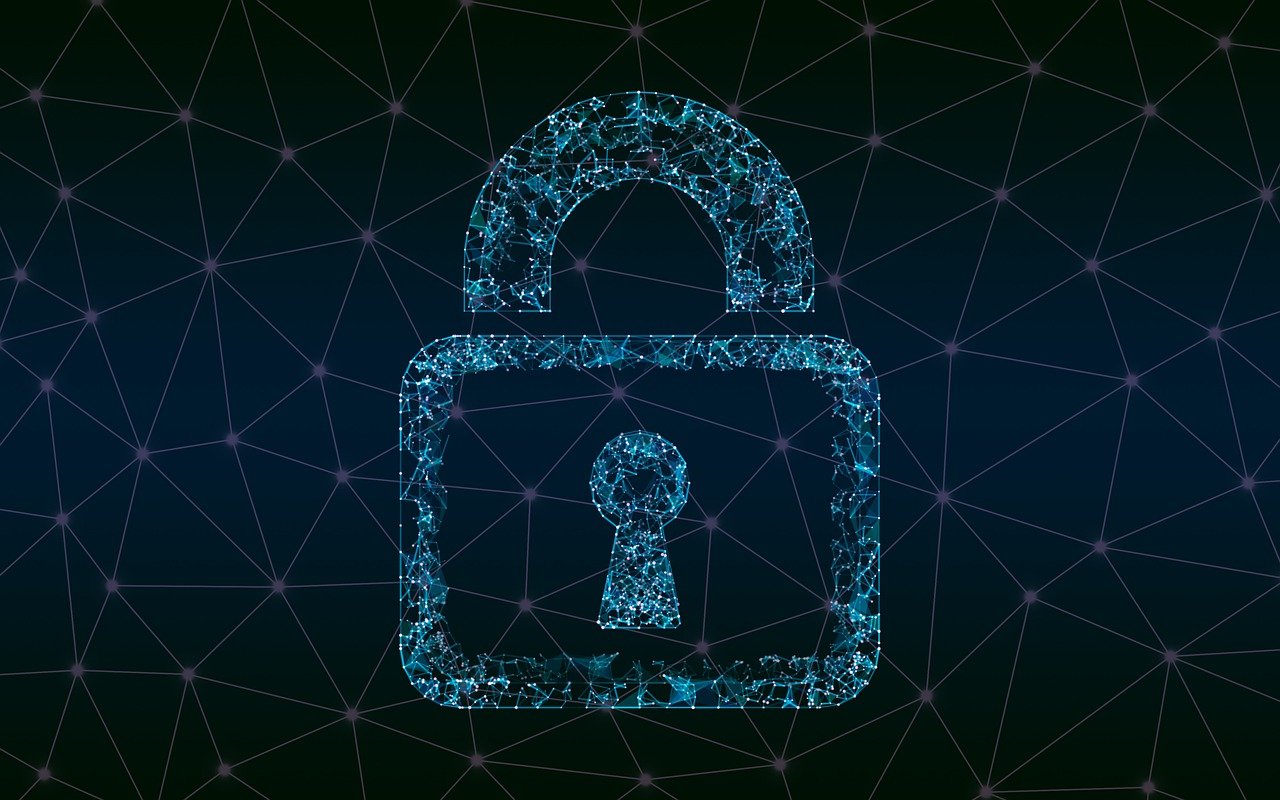Exploring Network Protocols and Their Vulnerabilities
This week, I immersed myself in the complexities of network protocols, learning how they function, their inherent vulnerabilities, and the risks they pose when misconfigured. Understanding these protocols isn’t just theoretical—it’s about recognizing how attackers exploit them and how to defend against those threats. Here’s a look at what I explored:
DNS (Domain Name System): DNS is the backbone of the internet, translating human-friendly domain names into IP addresses. But it's also a common attack target, vulnerable to DNS spoofing and cache poisoning. Through footprinting exercises, I practiced querying DNS records using tools like dig and nslookup, learning how to map a target’s infrastructure while identifying potential misconfigurations.
FTP (File Transfer Protocol): FTP simplifies file transfers, but its lack of encryption makes it an easy target for interception and credential harvesting. I analyzed FTP services for open directories and weak credentials using tools like ftp and nmap scripts. It was eye-opening to see how small misconfigurations could lead to big risks.
SNMP (Simple Network Management Protocol): SNMP is critical for monitoring and managing network devices, but older versions (like SNMPv1 and SNMPv2) transmit data in plaintext, making them highly vulnerable. Using snmpwalk, I explored how attackers exploit default or weak community strings to gain unauthorized access to sensitive data.
SMTP (Simple Mail Transfer Protocol): While SMTP powers email communication, improper configurations can open the door to spam, spoofing, and phishing attacks. I delved into the mechanics of open relay attacks and learned how authentication protocols like DKIM and SPF mitigate these risks.
Other Protocols of Interest:
- IMAP/POP3: These protocols enable email retrieval but can expose sensitive information if encryption is not properly implemented.
- NFS (Network File System): Misconfigured NFS shares can provide attackers with unauthorized access to sensitive files, demonstrating the importance of access control.
- IPMI (Intelligent Platform Management Interface): IPMI simplifies server management but is notoriously vulnerable due to default credentials and exposed ports.
- MySQL/MSSQL: Misconfigured databases with weak or default credentials can become a goldmine for attackers.
Tools and Techniques
From my learning in HTB, I expanded my skills with various tools and techniques essential for penetration testing:
- nmap: This tool continues to impress me with its ability to uncover open ports and identify services. This week, I focused on crafting precise scans to extract protocol-specific details.
- Vulnerability Scanning: I explored how automated scanners detect weaknesses in network protocols and how to analyze their findings effectively.
- Practical Labs: The hands-on labs were a highlight this week. I used tools like enum4linux, dig, and snmpwalk to simulate real-world scenarios, deepening my understanding of both offensive and defensive techniques.
Discovering the Power of Splunk Dashboards
Splunk became my playground this week. It’s amazing how this tool transforms raw data into actionable insights with just a few clicks. During class, I learned to create various visualizations—from single-value metrics to comprehensive dashboards.
One of the highlights was designing a radial gauge visualization that monitored firewall attack logs. By customizing severity ranges, I could visually identify if our systems were under threat in real time. This exercise reinforced how critical it is to provide SOC teams with clear, concise data to make split-second decisions.
Another exciting task was building a geographic cluster map. This allowed me to pinpoint the source of attacks and track them globally. It’s one thing to know about cybersecurity threats in theory, but seeing them represented visually on a map? That’s a game-changer.
Diving into Digital Forensics
On the digital forensics side, we explored how to collect and preserve evidence for legal cases. The process emphasized the importance of maintaining the chain of custody, ensuring evidence remains intact and admissible in court.
The most intriguing part? Using Autopsy to analyze forensic data. It was like peeling back the layers of a digital onion, uncovering deleted files, slack space, and potential artifacts from malicious activities. Understanding the nitty-gritty details of disk imaging and bit-level backups gave me a newfound appreciation for the meticulous nature of this work.
